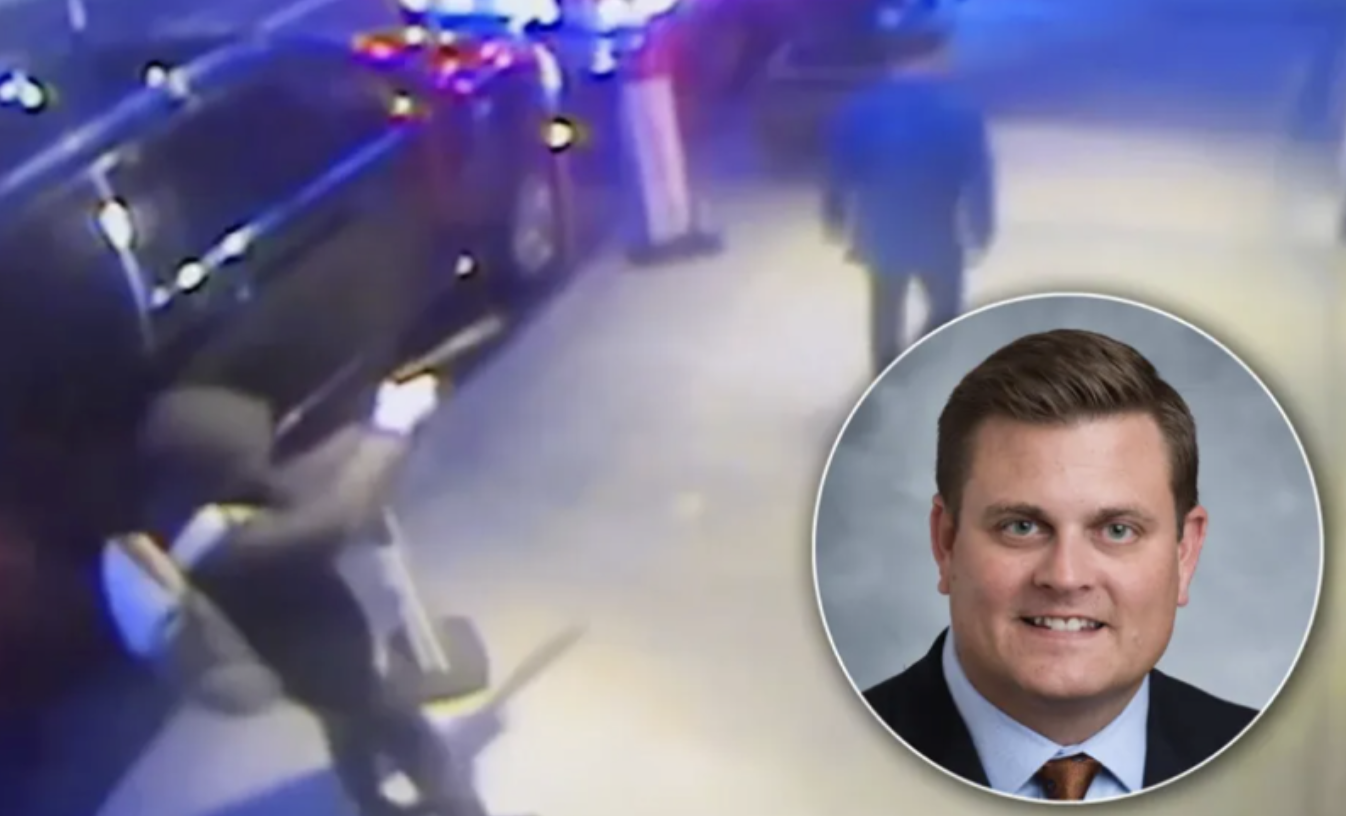Have we learned anything in close protection over the past 127 years?
I applaud all the recent news from many Fortune 500 companies stating they are taking a new look at their protective programs and protocols surrounding the security for their CEOs, along with other key executives, since the tragic murder of United Healthcare CEO, Brian Thompson in New York on December 4, 2024.
In addition, the U.S. Secret Service recently announced a complete review of their program to improve protection for the President and other government officials under their protection program since the two assassination attempts on former President and newly-reelected President, Donald Trump. Of course, this has been a constantly evolving program since its early inception in 1865.
However, I’m still slightly amazed that these organizations are feeling the need to “reassess” or review lessons learned from these recent assassinations and attempted assassinations. Instead, why not implement the proper level of protection from the beginning after the decades of “lessons learned” and key recommendations from industry professionals.
In the case of both Trump attempted assassinations, especially in Butler, Pennsylvania, there were no major lessons learned, only previous lessons and protocols not applied. There is a difference. During a recent visit to Vienna, Austria, I toured the Sisi Museum, which chronicles the life and death of Empress Elisabeth of Austria. Her assassination, nearly 127 years ago, offers a stark parallel.
On September 10, 1898, in Geneva, Switzerland, Empress Sisi was fatally stabbed by Italian anarchist Luigi Lucheni. Oddly enough, the same first name of the a ledged assassin/murderer of Brain Thompson. As the Empress walked unguarded to board a steamship, despite reports that Lucheni had traveled to Geneva with assassination plans. When his initial target, Prince Henri of Orleans, canceled his trip, Lucheni learned of the Empress's presence, operating under an assumed name, and redirected his attack.
He located her and ambushed her on the pier, stabbing her in the heart with a concealed file. She managed to board the ship but succumbed to internal bleeding.
Fast forward 127 years to New York City, where CEO Brian Thompson was fatally shot from behind while walking alone. Like Empress Sisi, his high profile and position suggested a need for personal protection, especially in public. While I have no insider information, four decades of experience lead me to believe that threats had likely been made against his company, its executives, and possibly Thompson himself. In both cases, the absence of close protection proved fatal.
As I discussed in my book, The Protected, only a select few, such as heads of state, are mandated close protection. For most, it's a choice: the decision to have, or not have, proper protection for themselves or their executives. This crucial choice, rather than solely focusing on post-incident reviews, deserves our primary attention.
While advancements in weaponry, communications, technology, armored vehicles, protective equipment, and protective intelligence have significantly evolved over the years, the fundamental principles of executive protection (close protection) remain largely unchanged. While I appreciate these technological advancements, particularly in the area protective intelligence, it’s the basic practices, situational awareness, and adherence to established principles (AOPs) that ultimately determine a protectee's survival during an attack.
We must not neglect these fundamentals and place excessive reliance on technology. Most importantly, when necessary and based on a thorough threat assessment, the decision to implement the appropriate level of protection must be made. This requires supporting the executive protection team and trusting the protective intelligence driving the program.
Tragically, in my view, while 127 years a apart, both Empress Sisi and CEO Brian Thompson were victims of avoidable assassinations.
Make the right security decisions proactively, not reactively after an incident, when an after-action report (AAR) merely reiterates lessons previously learned, but ignored.
Let’s make sure the last decision is the right decision when it comes to executive protection programs, as there may not be a second chance.
— Mike



